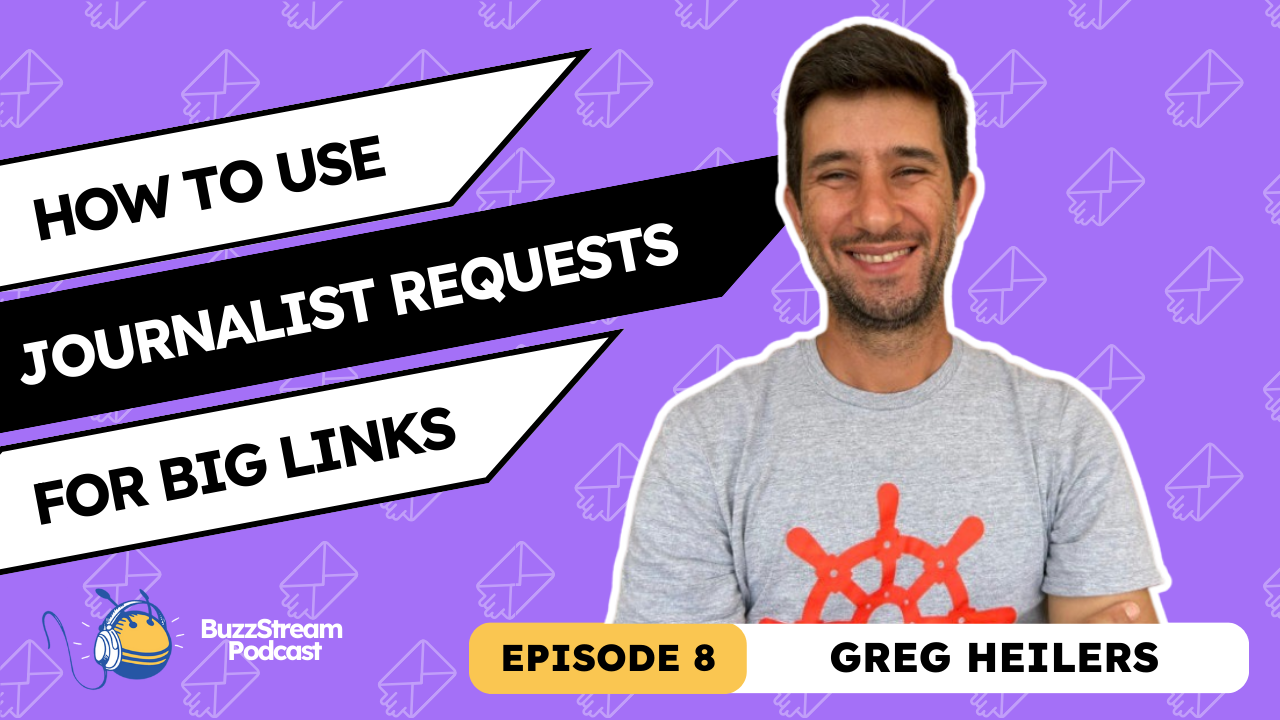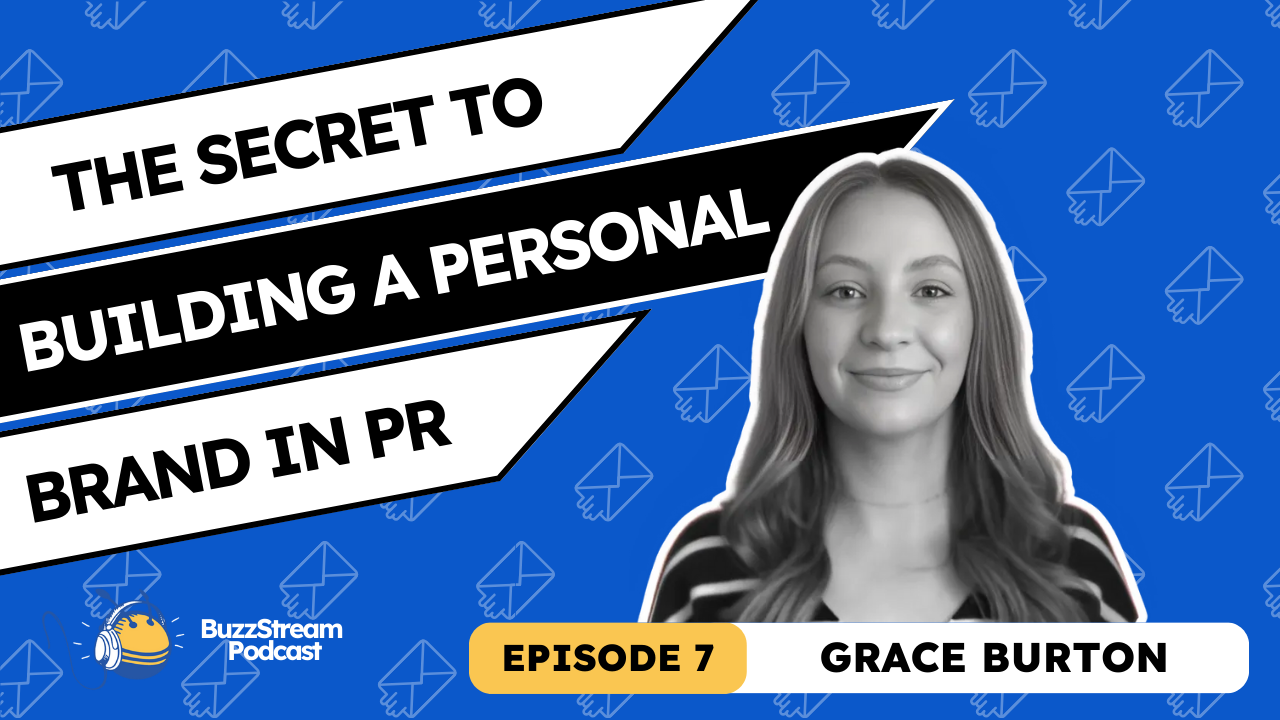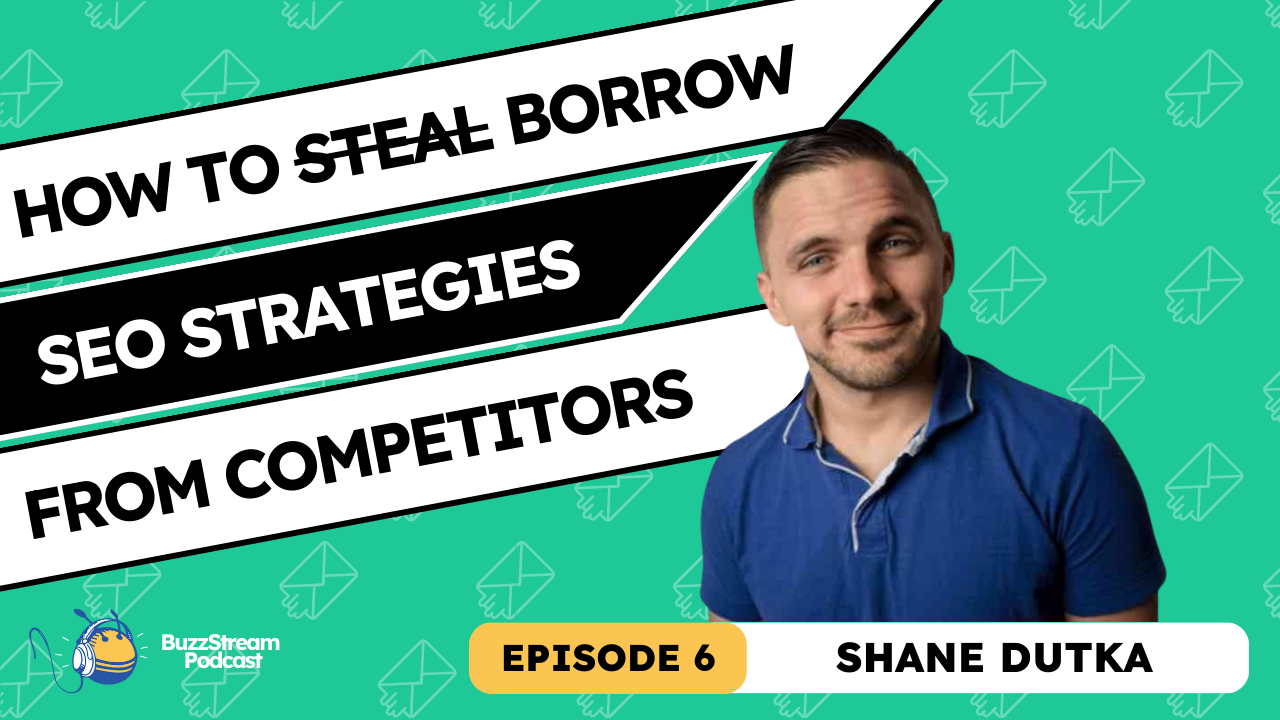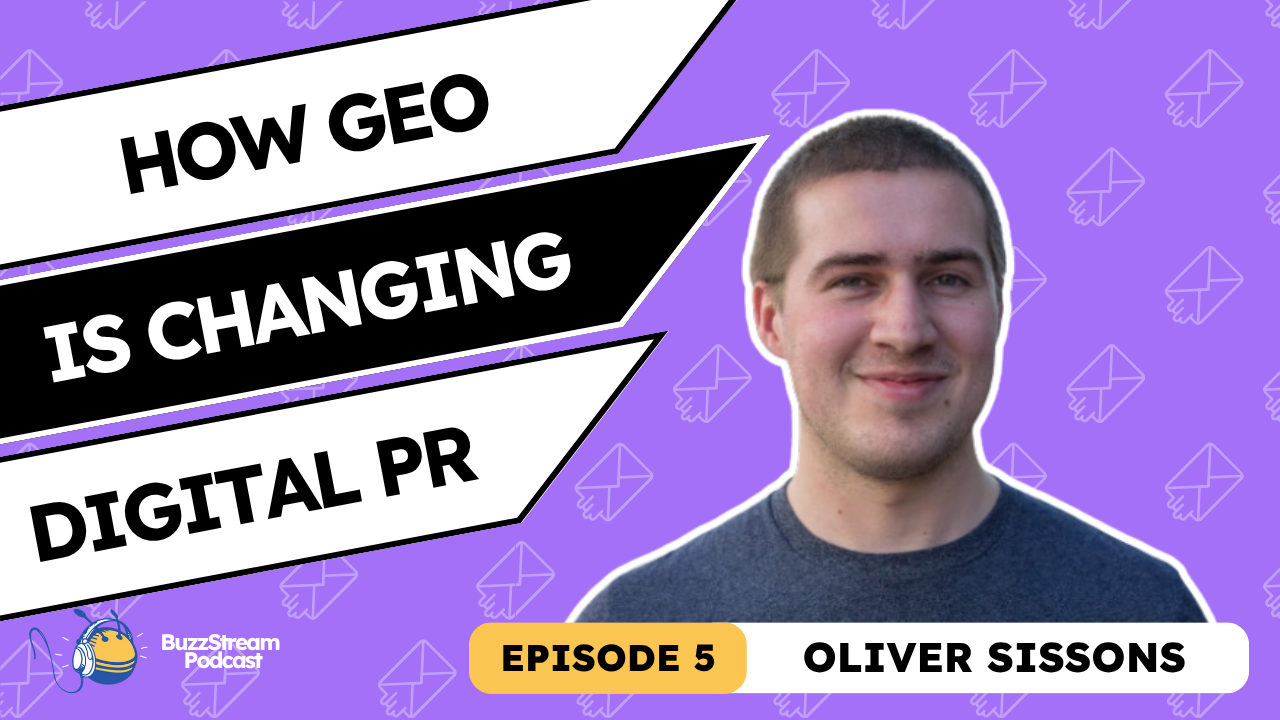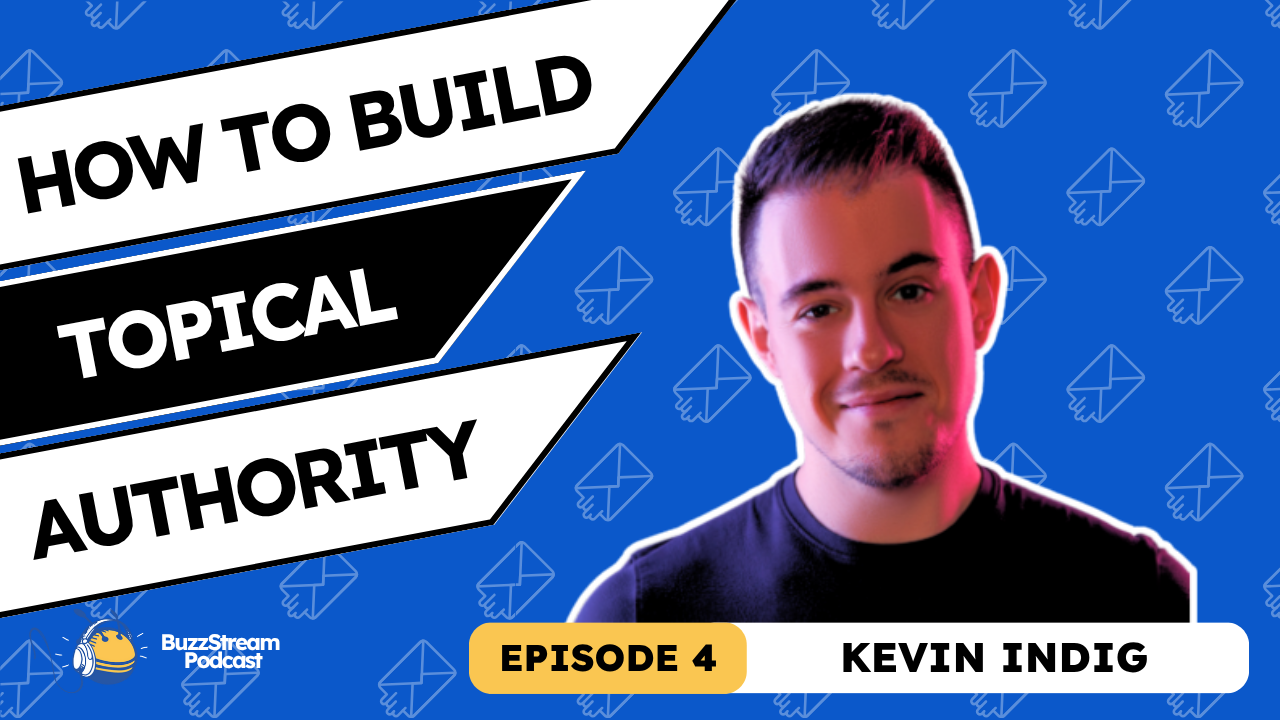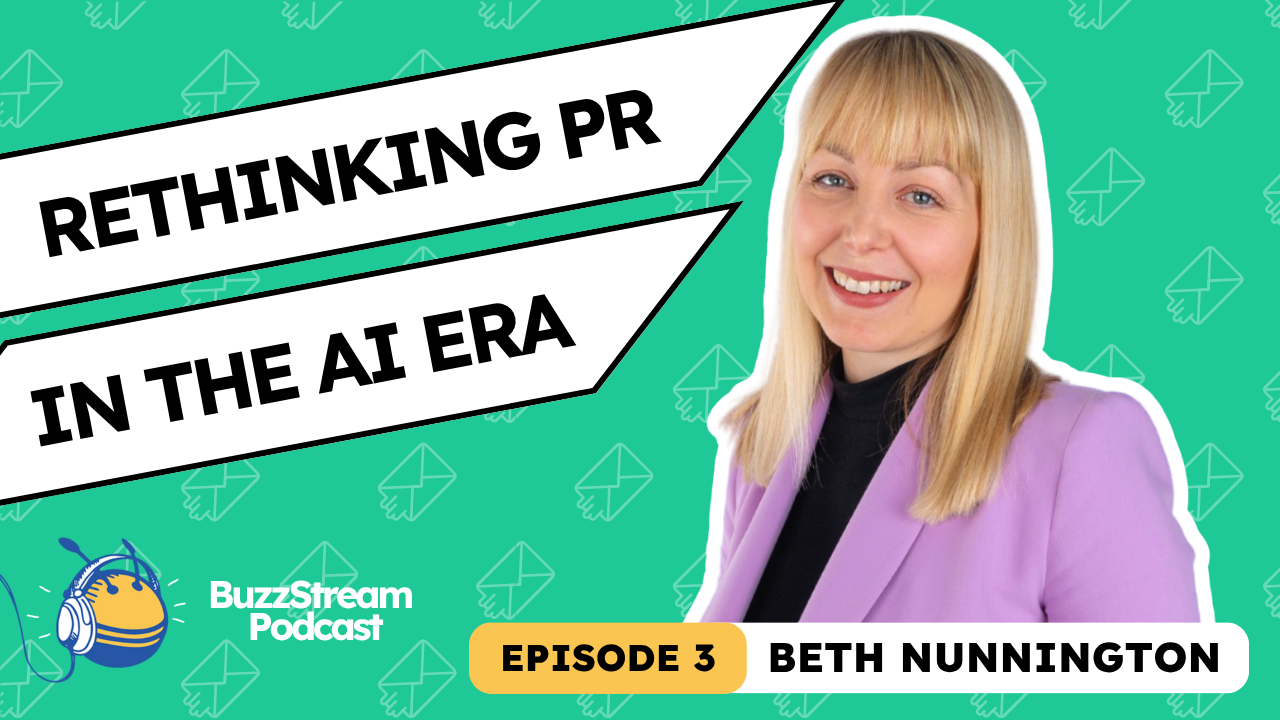Table of Contents
I knew of Nate Matherson’s previous work with LendEDU because I used to do a lot of work in the personal finance industry when I was with Siege Media.
However, I connected with him when he offered a free run-through of his new tool, Positional, on LinkedIn before its launch. I saw an extremely passionate and knowledgeable founder of an SEO tool who was putting in the extra hours and sweat to build the content strategy for his tool (while also serving as CEO, brand ambassador, and many other hats).
I realized it would be silly not to have someone as experienced as Nate on our podcast.
I also had the opportunity to chat with Nate on his podcast, Optimize, where we discussed building links in 2024.

Resources Mentioned:
- Glenn Allsopp’s article on who controls search
- Cyrus Shepard’s Study on Internal Linking
- Nate’s LinkedIn
- Nate’s Twitter
Main Takeaways
1. Internal linking is one of the least appreciated jobs in SEO.
2. You need to be internally linking to pages you care about on your site, which sends an important signal to Google that this page is important and matters, and it should rank.
3. You don’t want to use the exact same anchor text on every internal link. Mix in natural anchors, partial match, random and sometimes even naked anchors.
4. One study found that the optimal number of internal links pointing to a page on your site is seven or more. Google only cares about three, but five is twice as good as three.
5. The team at Positional has seen that adjusting internal links to pages can often result in 10—20 percent traffic lifts — and that’s without any new content.
6. To get your money pages to rank, build links to relevant pages, and then shift authority through to your money pages with internal links.
7. Positional started its SEO strategy by building a foundation of content on the site. Then, when it built backlinks, it was like adding fuel to the fire.
8. One effective link-building strategy that worked for Positional is creating a podcast. Guests will usually link to their episodes from a website or newsletter.
9. Nate posts on LinkedIn at least 2-4 times a week, which has impacted the business. They get a new customer from LinkedIn every single week.
10. In terms of using social platforms to be a knowledge leader, building your brand within a marketing category is like building equity in yourself that you can then take forward to whatever’s next.
Below is a semi-edited transcription of our talk.
Icebreaker: What’s a cool piece of content you’ve seen that’s inspiring or super creative?
But before I do, when I just throw out like a little icebreaker, I know you’re a man of content out there in the business, what do you like? What have you seen lately? What’s a really cool piece of content you’ve seen that’s an inspiring or super creative. That’s a good question. I, one came to the top of my mind immediately, you might have seen Glenn Ops recent report that he did.
I, on the, I think it was 12 brands that basically own Google search. He did this really interesting analysis of the, like 12 companies that. own collectively like many hundreds of websites and he found that they are totally dominating and owning the search results and often ranking, multiple websites for the same keywords across many different SERPs.
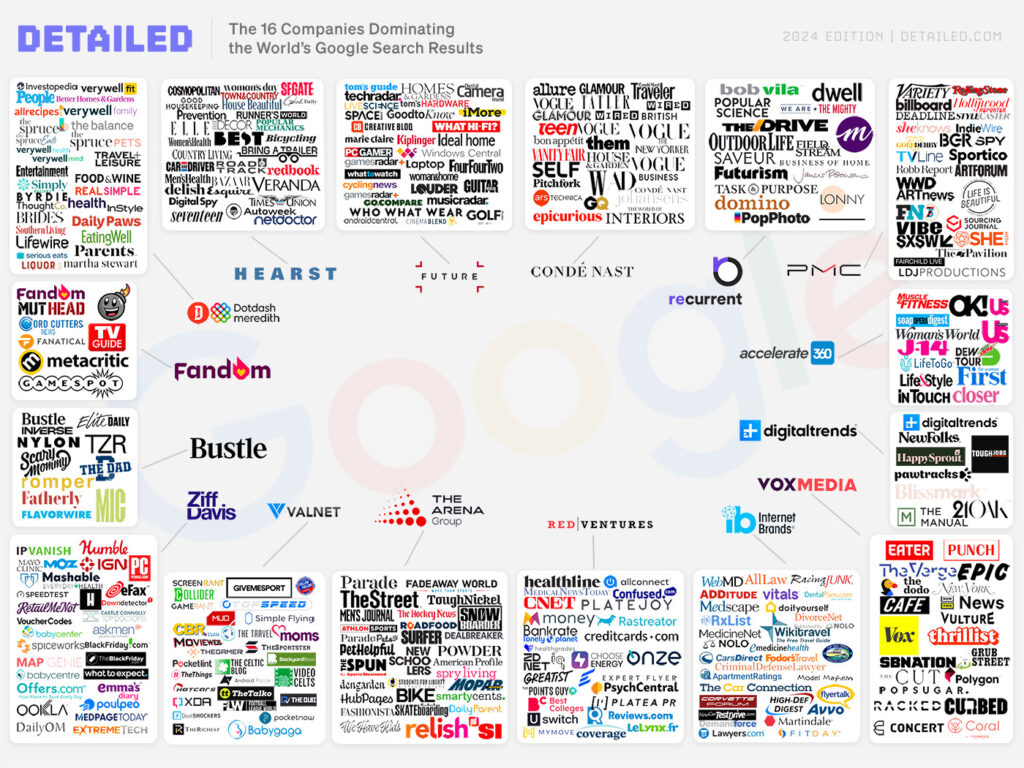
And that was probably the most interesting piece of content I’ve read lately. Nothing surprising to us. SEOs who have You know, I’ve been in the affiliate space, for example, but Glenn put some really great data behind it. And that would be my favorite piece of content I’ve read lately.
Yeah, that’s cool. I’ll link to that in the show notes that I did. I think I saw that actually from you tweeting about it first. Yeah. I love to see all those kinds of visualizations that show you where everything comes from. I think I saw one about like major food brands once it was really cool. Nate, let’s get right into it.
We talked about this before. You’re running up against the clock here. The Positional launch is coming up. So I want to give you some runway here to talk a little bit about Positional and just tell us what Positional is and let the BuzzStream listeners know about it.
What can you tell us about your new SEO tool, Positional?
I appreciate you giving me a podium to tell the listeners more about what we’ve been building for the last 13 months.
And I’ve wanted to start Positional since 2019. I’ve been doing SEO for most of the last 10 years building large organic search channels for my own websites. And I’ve probably bought just about every SEO tool you can buy at some point or another. And. There are a lot of SEO tools and content marketing tools on the market.
But my co founder, Matt and I, the reason we started Positional was to to do two things. And just for all the listeners, Positional is a content marketing and SEO tool. And the reason we started this company was because at all times we were using like five or six different tools to do our job as content marketers and SEOs.
And at the same time, like we had built a lot of tooling to serve some of the very specific problems we had that it was just not available on the market. And so even back in like 2019, Matt and I had. Thought like, Hey, there’s an opportunity for us to build something in the SEO tooling space.
It just ended up taking me four years until I was in the exact right position to do it. And so with Positional, like I mentioned, in some sense, we’re trying to round up what is like a very fragmented tool space and give, our customers and myself the tools we need to do.
The tools we need to do our job. And included in that, like we’ve got tools for keyword research tools for keyword clustering tools for content optimization. But where I think Positional is quite unique is that we also have tools for. Heat mapping and content analytics. We have a buyer journeys product to help you map the different user flows that users are navigating through on your website.
We’ve got a couple of different tools for social media. And so we try to take you from like ideation or like keyword research to like ultimately like tracking. User journeys and conversions across your website. And so we’ve tried to build that end to end tool set from idea to actual dollars and all in one workflow.
So that way you’re not having to switch from, a keyword research tool to a keyword clustering tool, and then to a content optimization tool and then to a plagiarism detection tool, and then to an internal linking tool. And then to a heat mapping tool, you can do all that in one workflow at Positional.
And so it’s just been so much fun building this tool set over the last 13 months.
Does Positional have analytics capabilities?
Yeah. And I started my career in the lead gen affiliate space. And so I spent, six, seven years essentially marketing consumer financial products. And so as like an affiliate lead gen person, like I was always so interested in like how Consumers were navigating our site, how they were converting, where they weren’t converting.
And we spent so much time and energy trying to identify like those drop off points and those critical pages on our site that maybe are not as obvious. At least initially. And I agree with you. I think like Google analytics for it, it’s definitely, it’s challenging. I think it’s the right time to be building alternative tooling to a GA And I can’t say that Positional is like a full blown replacement for GA for today.
Even something like what should be simple in Google Analytics, like customer journey mapping is incredibly challenging, really hard to set up and hard to maintain. And so our pitch with our buyer journeys product is that it is an out of the box tool that gives you the insights you need without any sort of.
Time spent actually configuring it. Besides adding a small script to your site. And this is like a big step in this direction for us. We are launching our conversion tracking product pretty soon. And I think long term we do want Positional to be a full blown replacement for something like a GA in the toolbox.
I think we have a lot of work to get there, but that, that is one of our goals in the year ahead.
Could you tell us more about Positional’s internal linking tool?
Yeah. So our internal linking tool set is called internals. And it’s actually my favorite tool set in our toolbox because personally I’ve spent hundreds of hours internally linking blog posts and pages together.
At our first company, we had at one point, something like 2,500 blog pages on our site. And when you’re dealing with that size of a website, like internal linking becomes really challenging.
Like when you publish new content it takes a lot of time to go back to existing content and figure out how to internally link to it.
It also even takes a lot of time to internally link from a new piece of content to an old piece of content. I had always done cite my domain and then inserted the keyword I was trying to find to figure out like what page I could try to link to.
And that would even take 15 or 20 minutes sometimes to Internally link a new piece of content that we were about to publish.
And so with our internals tool set, we’ve really built like two tools in one. We have a tool set for identifying missing internal links in your existing portfolio of content. And so for someone who’s like coming to a new role, we have. Where, they might not know every page on that website that exists.
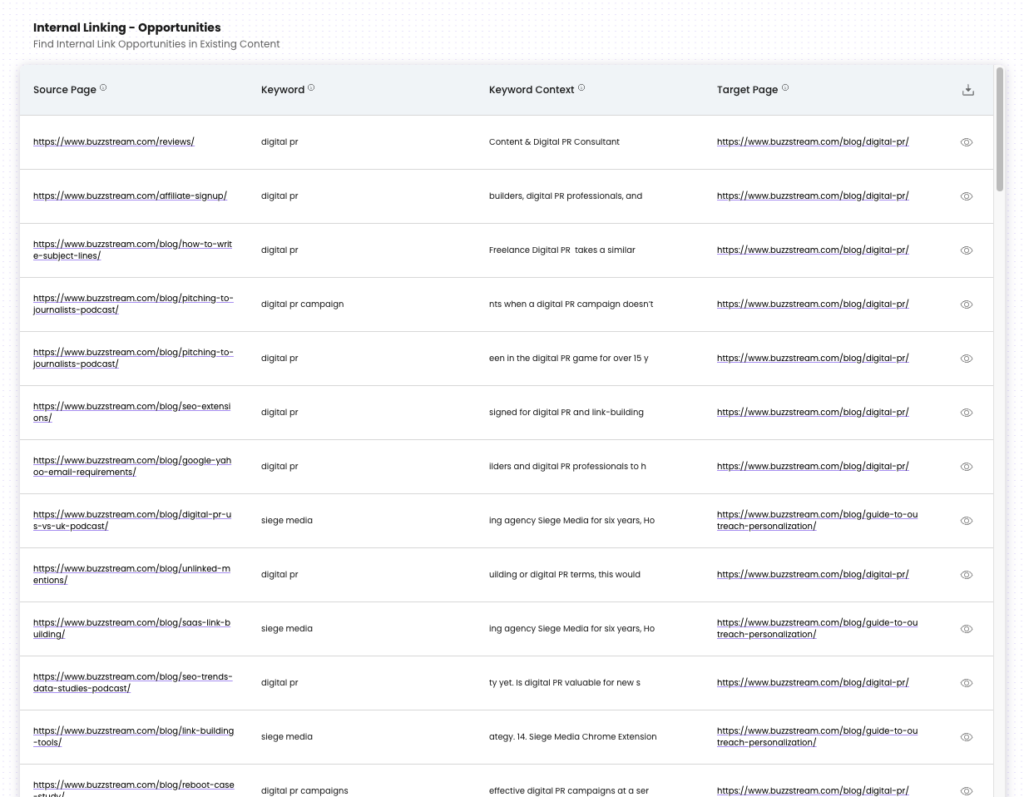
Like it can be helpful in terms of getting your bearings and finding a lot of opportunities very quickly where like we could go back and we could add pretty targeted internal links across our website to other pages that we care about. But then it also works in like the new content creation process as well.
So you’ll give us the content. And we’ll use what we call our keyword approach to find internal linking suggestions where you could internally link to other pages that already exist on that site. So it’s both before and after in terms of internal linking.
And in my opinion, like internal linking is Is one of the least appreciated jobs in SEO.
I think it’s so important giving Google that context in terms of, what your website is a good resource on which pages you care about most.
I think anchor text and how you use it when internally linking is really important and critical and can have a big impact. And I would say that like for the largest.
Customers we work with, like they can often get pretty meaningful gains for certain pages or the entire site by just taking a hard look at internal links and like how they’re using them without any new content or really any substantial content changes.
And I would encourage like all SEOs at some point this year to to take a hard look at our internal linking strategies.
What are some best practices for internally linking in your site?
The older I’ve gotten, the more I listened to Google and I, I know Google always says do what’s best for the the reader or do what is best for the searcher.
And so I tend to approach internal linking from the perspective of what’s best for the reader first.
And so I think at a high level, like internal links are just helpful for navigation across your website. And so if there are opportunities in a piece of content to give a reader a much bigger piece of content on a related topic that we’re referring to within another piece of content.
I think that makes for a more helpful experience for that reader.
And I think it’s just generally helpful and important for them.
But for Google, like internal links I always like to say that internal links create like a connected spider web of tissue, especially for new websites that are just getting started.
I think internal links are really helpful to show Google like what your website is a good source of information on and which pages you care about the most.
And so of course you want to be internally linking to pages you care about on your site, and I think that sends an important signal to Google that this page is important and matters and it should rank.
And Google also gets all of that surrounding context around the anchor and from the anchor itself to know better as to which keywords that page you are internally linking to should rank for.
Another important thing to keep in mind is that you don’t want to use the exact same anchor text on every single one of your internal links.
A lot of people will exact match every single one of their internal links. And I think there’s a place for exact matching.
I read a really interesting report the other day from from Cyrus Shepard and he did an analysis of internal linking anchor texts and the impact on rankings.
And he found that we should be using exact match anchors I think it was like, 20, 30 percent of the time on our internal links. However, the pages that tend to perform best in search actually have quite a bit of variance in the anchors on those internal links.
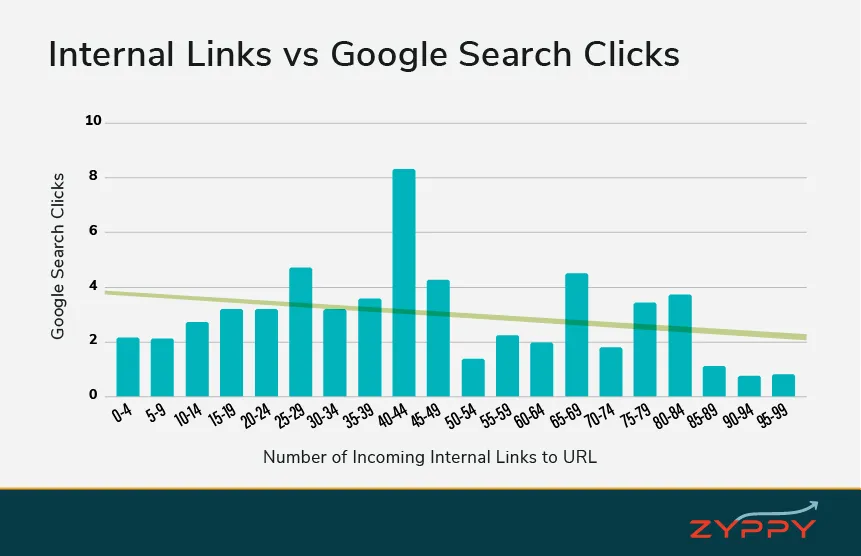
And so not only do we want to be doing exact match anchors, we want to be doing partial match anchors. We want to be doing random anchors.
And it was even a little crazy.
Cyrus found that we should even sprinkle some naked anchors in there too, or at least the pages that were performing best had those characteristics.
So you want to keep anchor text in mind. A lot of SEOs will, stress or they’ll worry about like over internal linking. Like we don’t want to be internally linking to like too many pages.
As long as in my opinion, you don’t have a wall of hyperlinks, like the user isn’t staring at all blue links, I think we’re okay.
Like you don’t want to do anything that’s like disruptive or distracting for the reader in terms of having too many internal links.
But I’m not that worried about it.
In my personal opinion, as long as the UX UI isn’t disruptive for a reader, I’m generally of the perspective that we should be internal linking whenever it is helpful for the reader. And if it’s helpful, let’s do it.
I’m not worried about having too many internal links from a page to another page, another area where I might disagree with a lot of SEOs in terms of internal linking is like cross cluster internal linking.
Like back in 2015, 2016, we heard a lot about like site silos and like hub and spoke. And you didn’t want to internally link from one silo to another silo. Cause it could confuse Google. And it blows my mind that SEOs are still thinking this way.
“Oh, we don’t want to internally link one category to another category.” Now I think that’s just silly. If it’s a good opportunity for a reader or it’s helpful, I should say for a reader to have that internal link in place, even though that internal link is going from one silo to another, we do it.
I think you’d be stupid not to. So a controversial take at least in some SEO circles.
But, the last thing I’ll say before I’ll stop talking here, Vince is you’ll often hear too about like link sculpting trying to shift like page authority, like strategically and, maybe not shifting page authority to certain URLs on your site.
And I would say that it does make sense conceptually that like the, the more pages you internal link to maybe the less page authority you’re passing to them.
But it’s not something that I tend to worry that much about. I just want to be internally linking to my most important pages and also to any pages on my website that have accumulated a lot of links to them from other sources.
I want to make sure that from those pages, we are internally linking to the pages we care most about.
So those were a few tips, a couple of controversial statements. Hopefully it was helpful.
How many internal links should a user have to each page?
I don’t have like a target in mind or like a minimum that I need to implement. But I had Ethan Smith from Graphite on my podcast.
And he actually did a pretty interesting analysis in terms of the number of internal links that you want pointing to a given page on your site.
And he found that with the clients they work with that the optimal number of internal links pointing to a page on your site is seven or more.
And like the minimum for Google to really care is like three, but five was twice as good as three. But then seven is where you really start to see that impact at least.
I don’t know that we need to be internally linking exactly seven times to all of the pages that we care about on our site, but it’s clear in the research that, Ethan did that the more times you’re internally linking to a page generally the more powerful that signal is to Google and the better that page will actually perform in search.
Let’s make sure that we’re linking to our most important pages. I understand that we can’t link internally everywhere, all of the listeners, I’m sure have five to 10 pages on our website that are really mission critical to our business’s success.
The first thing I would do is look for opportunities to add internal links to those, five or 10 pages that, that we really care about and matter.
Does internal linking have a measurable effect on ranking?
As far as driving the point home, like why it matters, I’ve seen from my own experience and anecdotally with our customers that you can often get like 10, 20 percent lifts in terms of traffic to given pages just by revamping and restructuring internal linking to them—and that’s without any new content.
That’s without any substantial content changes other than internal linking.
And so you can certainly drive more traffic to a given page and your entire domain, just by refocusing on the internal linking structures across your site.
Can you talk a little more generally about PageRank sculpting?
Yeah, I think simply put my stance here is that if you’ve got pages on your website that you’ve built or accumulated a lot of links to those pages are going to be the most impactful to the pages you’re internally linking to.
And so I do think it is important on the pages where we have accumulated a lot of page rank that we are then passing that page rank via internal links to other pages on our site.
I don’t think that is to say, though, that we should remove an actually helpful internal link for a reader just for the sake of trying to shift page authority or page rank to another URL on our site.
I think you’d be doing the reader a disservice in that scenario by like potentially removing an internal link for the sake of trying to manipulate page rank.
And so that comes back to my stance of trying to do what’s best for the reader.
I’ve certainly heard through the grapevine, you’ve got companies like Red Ventures, which is a major player and a whole bunch of different categories, including consumer finance. They own properties like. BankRate, ThePointsGuy, CreditCards.com, things like that.
I’ve heard that they do have an internal tool which is essentially like a page rank calculator. And you can use it to like dynamically like test and then make predictions in terms of how Page Rank shifts via internal links, impact rankings.
I’ve also heard that Expedia has a similar tool that they’ve built internally.
And somebody I talked to there who used to work at Expedia swore that it was incredibly impactful for them.
And so some SEOs will disagree with me on this. I just would say that you can get 90 percent of the way there by just at a high level, just remembering the internally linked to the pages you care about from the pages that have the most authority on your site.
Yeah. And last thing I’ll say here is we, given I’ve spent a lot of time in the affiliate marketing space, is that it was often like very hard for us to build backlinks to like our money pages or our pages that we wanted to rank for a certain head terms.
And so we very actively went out and built links to like related relevant pages that were closely related to our money pages knowing that we could then shift that authority to the pages we actually cared about with internal linking.
And so from a backlink building standpoint and then to internal linking standpoint, I think, all of this kind of works together.
What should digital PRs know about internal linking?
Yeah I do think digital PR is is a great link building strategy. It’s one that I’ve had a lot of success with in my career doing surveys and studies related to the different topic spaces we were trying to rank in. Our methodology was always let’s create one of these pieces of content for digital PR.
And then within that page, we’re accumulating backlinks.
The let’s make sure that we’re then internally linking over to the pages that we actually make money from with relevant anchor text.
And to go a little bit deeper, if we are trying to diversify the anchor text that we’re using across our internal links, I would say that I would save those exact match anchors for the internal links.
I think you can use exact match anchors when internally linking from a page that you’ve used for digital PR or link building to those other pages you care about.
And then maybe it’s through the rest of the website that we actually try to diversify our anchor texts a little bit more.
How did you ideate content at LendEDU?
Yeah. So the way that we thought about it at LendEDU— that’s where I spent the first like six or seven years of my career—and we started in student lending—that is what we did.
But then we eventually added on like multiple different product lines to our website. So we had product lines for personal loans and home equity loans, and we got into insurance and within insurance, there’s many different categories.
And for example, if we wanted to build out a business line in homeowners insurance, we knew like very quickly what the keywords we’d want to target in homeowners insurance were, and we’d go out and create non-digital PR-related content to serve those keywords.
But then we also knew that we had to build like topical relevance and topical authority like within those new categories or product lines that we were launching on our website.
And so if we knew that we wanted to get into homeowners insurance, we would do that with content, but then we would also do that through digital PR.
And so we would start with like the broad topic of homeowners insurance. And then we would, every Friday you like me and a couple other guys from our team would have like our weekly ideas session. Like we basically just locked ourselves in a room for an hour every Friday and just try to come up with ideas.
What we were seeing in the news, like what was relevant, keeping in mind the new product lines we wanted to get into. And we would see what interesting data could we create or find that were related to this new topic category where you’re, we were trying to build relevance in.
And so in like homeowner’s insurance, for example, like we might have done like a survey of homeowners and ask them like how much they spent on their homeowners insurance this year versus last year so that we could create like a data point on that.
Cost increases of homeowners insurance this year, which is something that’s happening today with inflation.
And that could be an interesting like storyline because like inflation is something that every reporter is talking about, or a lot of them are.
And homeowners insurance is broadly applicable to a lot of Americans. And if we could tie together that theme of inflation and homeowners insurance and create an interesting report or narrative in that topic space, like that would be a piece of content that would go pretty viral and do well, like in the media.
And the result would be that we would build a lot of backlinks to it.
And then we would shift the authority that we built to that page, which was a survey or a report onto the other pages on our site, which we cared about.
How different is your link building strategy in the SaaS space?
Yeah, I just really don’t have time for that much link building at Positional.
Our site’s doing well, like it’s it’s on a nice trajectory, but I don’t have the resources or bandwidth right now to like really spend as much time on link building as I want to.
And so what we’ve been most focused on at Positional is just like, building a great foundation of content on our site.
So that way, like, when we do have the resources to like pour fuel on the fire and invest a little bit more in digital PR or link building we’ve got like a great foundation to then pour that fire on.
But I look for, select opportunities when they present themselves.
Also, I would say our most effective link-building strategy these days is an accidental one; it’s actually through our podcast. Given that we have a weekly podcast, oftentimes, these guests will link to the episodes from their websites. They’ll often get shared and linked to in different newsletters.
So, I wouldn’t say that we’re actively out there trying to build backlinks, but we are just naturally earning them. It’s through our podcast primarily right now.
How much traction do you get from LinkedIn these days?
Yeah. LinkedIn it’s been a an awesome channel for me over the last year. I like, I knew I was onto something when I would go home for the holidays and like extended family would say I see you on LinkedIn all the time.
And I’m like, all right it’s working. Or like when I see my wife’s friends and they’re like, we see Nate on LinkedIn every single day. I’m like, okay, it must be working because people are starting to tell me about it. And I actually posted for 14 days straight the last two weeks. I had been posting like two, three times a week, but I decided to run an experiment and just see what would happen if I posted every day for 14 days.
And my theory was that you would see like a drop in engagement. If you’re posting every day that was my theory at least, but that was not the case.
I actually found that by posting every single day it actually led to a lot more engagement and visibility.
And trying to get back on that daily grind here pretty soon.
But at a minimum, I post on LinkedIn, like two, three, four times a week every week. And it’s just been so impactful for our business. We get a new customer from LinkedIn every single week.
And it’s one way in which a lot of people hear about us.
I think when I look at our lead sources, LinkedIn is I think it’s like our fourth most important customer acquisition source.
And and it’s also free it doesn’t cost any money to post on LinkedIn and you can do it as much as you want. And so as long as you have something interesting to say it’s free.
And so on, we’re a small startup without like huge advertising budgets. And so we have to look towards those things. Those free channels. Maybe the last thing I’ll say is LinkedIn is a little bit like SEO. Like it takes some time to get off the ground. And it’s one of those channels that compounds over time.
And so like the first a thousand followers you get on LinkedIn, it’s a lot harder to get those. Thousand followers than it is to go from 8,000 to 9,000 followers. That’s actually very easy. And it’s similar to SEO in the sense that you have to it’s going to feel like you’re like shouting into the wind for three months but then it starts to work.
Is LinkedIn something you recommend investing in for founders, CEOs, and leadership?
I think it’s important for anyone. You’re just making yourself more valuable. Whether you’re an employee at a company or you’re starting your own company, you’re building a brand for yourself, and people will buy products from people that they think are saying intelligent things that resonate with them.
For an early-stage startup, it’s a marketing channel, but it’s also a way to build relationships with a lot of people. And that’s why you and I are on this podcast today. But even for employees who work at companies, I think building a brand on one of these channels will make you a more valuable employee in your next role because you have an audience that you can lean on.
Maybe it’s not applicable for all types of employment, but I would say that most of the listeners of this podcast are probably in marketing.
And so if you can build your, yourself a brand within a marketing category, I think that is something like you’re building equity in yourself that you can then take forward to whatever’s next.
Nate, I know you’re a busy guy. I really appreciate you coming on the podcast today. for having me. Like I said, by the time this is out, Positional will have launched officially. Nate, tell people where can they find Positional?
What do they do to sign up? Yeah. Vince, thank you for having me on this podcast episode. It was so much fun. And for any listeners that are interested in learning more about Positional you can check us out at Positional. com. There is now, I assume a Sign up link. So if you want, you can get started and play around with our tool set.
We’ve got a free trial and I’d love to hear what you think. You can always email me at Nate at Positional. com with any feedback or questions about our tool set. Yeah, please don’t spam Nate. Don’t send them your, unrelated pitches, but he, he’s very open on email. Nate. Yeah. Thanks again so much.
Good luck with the launch next week. Can’t wait to see Positional in action. Thanks Vince. Take care.

 End-to-end outreach workflow
End-to-end outreach workflow


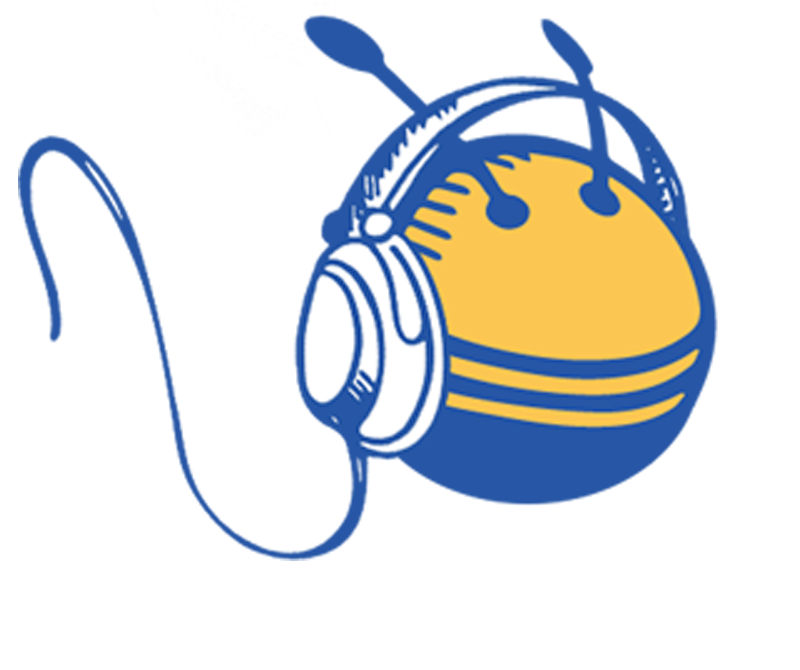
 Check out the BuzzStream Podcast
Check out the BuzzStream Podcast

